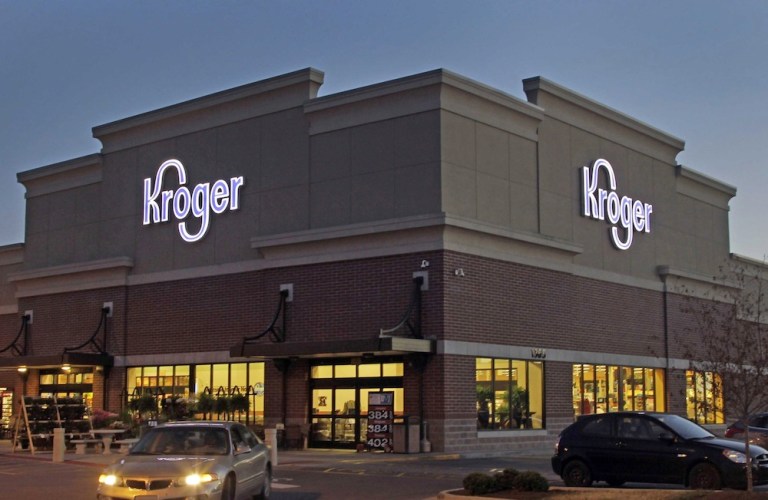
Spend smarter, not harder.
That’s the approach Kroger is taking as it endeavors to reset its existing supermarket stores to optimize space and keep customer favorites front and center on shelves. The data-driven “Restock Kroger” initiative will largely take the place of new growth in the coming year, according to Supermarket News, with improvements to customer service and assortment winning out over expansion in 2018. Part of the strategy may include unloading its $1.4 billion convenience store business, which comprises 784 stores in 18 states.
Kroger collects more food purchase data than any other organization in the U.S., so it only makes sense to leverage that strategic advantage as the grocery store wars continue to heat up. The new initiative will revolve around data-driven pricing, personalized communications and revamped product assortments.
“The business we are going to run next year or the year after that can’t be the same as the one we’ve run in the past,” Chris Hjelm, executive VP and chief information officer, told Supermarket News.
The Plan in Action
Last year, data showed that Kroger’s private label brands were vastly outselling name-brand competitors in the pasta category, so the grocer revamped the pasta aisle to give its own brands a more prominent shelf presence.
Kroger has also been rethinking the beverage category due to the popularity of sparkling water, Supermarket News reported, and it rolled out its own meal kit program Prep+Pared in three beta markets, with five new markets slated for addition in the near future.
These are the types of changes customers can expect to see from the grocery store chain on a broader scale over the next two years.
However, the category resets have so far touched only 6 percent of the grocer’s 2,778 retail stores. The company plans to get much more aggressive with the strategy, revamping the category assortment in 20 to 30 percent of its stores each year starting in 2018.
Resets will be based on individual store data so that Kroger can best serve the different customer bases in its various markets. Consumers should expect to see expanded natural and organic food offerings as well as an increase in private label brands, more personalized offers such as digital coupons and recipe suggestions, pharmacy wait-time monitoring, new ClickList online shopping offers and an expansion of the mobile app-driven, self-checkout service “Scan, Bag, Go” from 20 beta locations to 400 store locations.
As PYMNTS previously reported, a major part of Kroger’s strategy overall has been reducing prices on staples in order to remain competitive with Amazon’s Whole Foods. The retailer is also expanding online ordering and delivery options available through Shipt and Uber.
Kroger said one thing it does not plan to do is waive the $4.95 flat fee for its click-and-collect shopping service, since customers have so far been more than happy to pay for the convenience.
Breaking It Down by the Numbers
So, what will the return on investment (ROI) look like for this strategic shift? Supermarket News breaks it down.
Capital expenditures for 2018 are projected at $3 billion. That’s factoring in a 200 percent increase in technology spending for areas such as digital shopping, merchandising, in-store tech and health and wellness payments — think digital displays on shelves and endcaps and similar upgrades. Investments in data, in-store Wi-Fi and modernization of legacy systems will increase by 50 percent.
Capital expenditures in new and replacement stores will be reined in to $1.15 billion from 2018 to 2020 — about one-third of the $3.56 billion Kroger spent between 2015 and 2017.
Kroger is betting that the Restock strategy will drum up an additional $400 million in incremental operating margins by 2020. Retail 2018 earnings per share are projected to remain flat or increase slightly over this year, with same-store sales improving year over year.
Kroger CEO and Chairman Rodney McMullen said the goal is nothing short of transforming the way people eat in the U.S.
“Unless you are eating in a white tablecloth restaurant,” said McMullen, “we want to be able to provide that meal for you.”